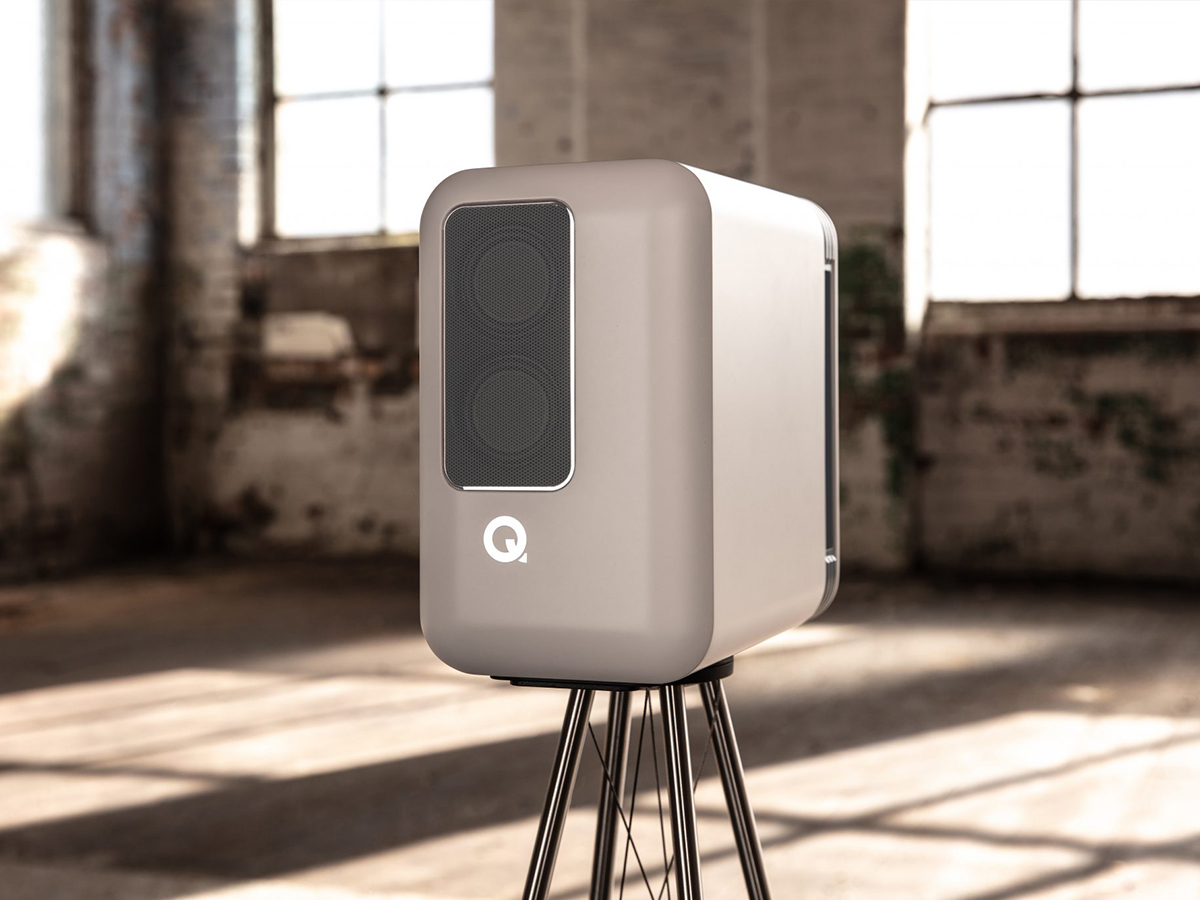Note: why is this in the headphone forum? Can this be moved to the speaker forum?
Just jumping in here since I was looking close at some desktop BMR passive speakers in my recent hunt for a new setup. Cambridge Audio makes a couple different compact BMRs in their "Minx" line, the 'min12' and 'min22'. Nice looking ultra compact desktop-ish format which physically would be prefect for a computer desk. Didn't end up buying them since I couldn't find any actual measurements and consumer reviews were all over the map from "god-tier" to "horrible tin cans"... Also wasn't excited to take a 320$ chance on them since I've heard the similarly tiny Drop BMR1 speakers and did not like them at all.
Edit: Found a picture of it sans covers on eBay.
View attachment 345563
Edit part 2: Almost forgot, there's also the Gallo SE line I looked at that use a "proprietary ultra-wide dispersion flat-diaphragm transducer" which sure sounds like a BMR or something similar. I can't find any images/info for the actual driver in them though so who knows.
I've been researching small surround/atmos speakers mysel the past month or so, the Minx's in particular, searching desperately for measurements.
I finally found some of the
smaller Minx12 in a youtube video:
Please note the super-squished scaling, but I mean, it could certainly be worse. Honestly, better than I expected; the overall trend is fairly flat. At 45 degrees, it's actually a little more linear, and you can see just how wide these things radiate.
It's barely changed below 10khz.
Given decent EQ, a sub, and a small listening space like many apartment theater setups(mine), I can see these being quite pleasing. I'm also curious about using them for digital piano setup. I have the iloud MTMs but find myself wanting even wider dispersion to better replicate the feel of a real piano.
Curious to see how the larger minx22 fare. Half tempted to buy one just to measure it...
Edit: Just so we're clear though, here's that measurement on closer to Amir's typical scale, which is itself more squished than I'd like:

 www.comsol.ru
www.comsol.ru



